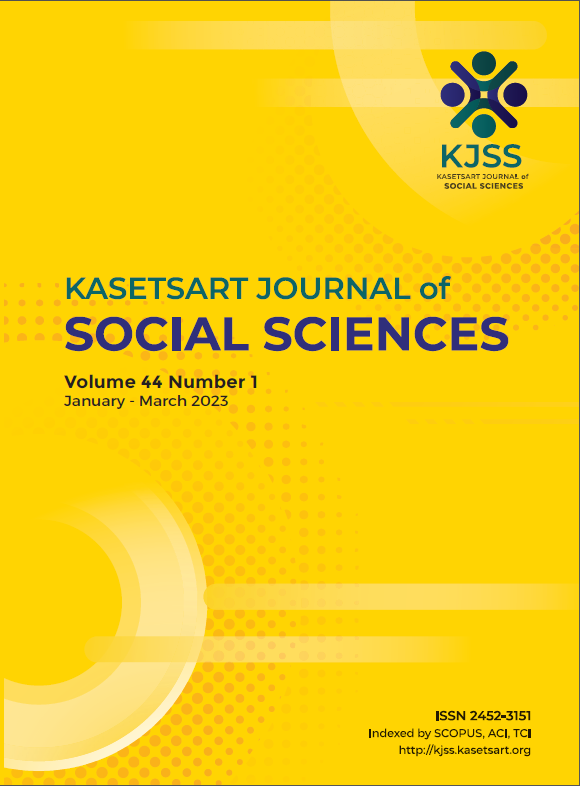Brand storytelling techniques arousing emotional bonds in different customer groups based on cluster analysis
Keywords:
brand storytelling, cluster analysis, emotional bonds, storytellingAbstract
This research study on brand storytelling techniques arousing emotional bonds in different customer groups based on Cluster Analysis was conducted to: (1) studythe present brand storytelling techniques arousing emotional bonds; (2) study demographic characteristics applied in market sharing or segmenting consumer groups at present; (3) study behavior patterns of product purchase; and (4) study brand storytelling techniques arousing emotional bonds in each group of consumers. The quantitative data were collected by using 410 questionnaire sets. The data were analyzed by descriptive analysis, which included frequency, percentage, mean, and Standard Deviation. The inferential statistics included Correlation Analysis, and Cluster Analysis. The results indicated that the purchase of essential, quality and cost-effective goods (minimalist seeker) and standardized, right, reliable, and friendly environmental goods (empowered activist) were associated with the brand storytelling techniques less than other buying behavior patterns. Meanwhile, brand attribute storytelling, brand features storytelling, brand experiences storytelling, and brand relations storytelling deemed the techniques associated with several buying behavior patterns, except buying products relating to the conservative homebody, where the sample would focus on the brand experiences storytelling rather than other storytelling techniques.
Downloads
Published
How to Cite
Issue
Section
License

This work is licensed under a Creative Commons Attribution-NonCommercial-NoDerivatives 4.0 International License.
This is an open access article under the CC BY-NC-ND license http://creativecommons.org/licenses/by-nc-nd/4.0/










